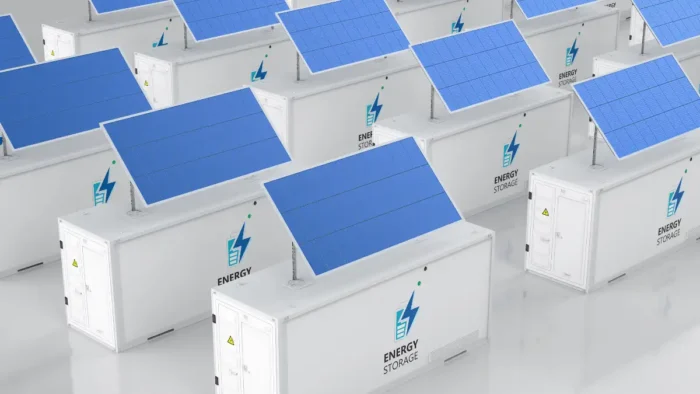Scientific Research & Experimental Development (SR&ED) is a Canadian program designed for businesses and entrepreneurs. It enables research companies based in Canada or foreign-controlled to earn incentives or tax credits on specified expenditures. This program is highly popular among many companies.
You may have trouble with funding your business endeavors as a Scientific Research & Experimental Development company. The SRED program is here to help. You can easily claim tax credits and incentives from the Canadian government. The application process might appear quite complex initially. Sometimes, it can be challenging to understand how the program works, especially for the new foreign-controlled businesses that don’t know much about SR&ED.
Here is a rundown of how the SR&ED work:
Introduction to SR&ED Program
The SR&ED program is divided into four parts:
Basic Research: These institutions specialize in improving scientific knowledge through scientific research and experiments but with no practical application.
Applied Research: These institutions specialize in conducting research to improve scientific knowledge and with a particular practical application.
Experimental Development: Research is done to gain technological improvements to create new opportunities, devices, materials, processes, and products while advancing the existing ones.
Support Research: Operations are undertaken to supplement other research, such as Operations Research, Data collection and testing, Psychological Research, Mathematical Analysis, and Engineering.
Applying for SR&ED
After qualifying for eligibility, the companies can proceed to the application process. First, you create an SR&ED claim method, which will strategically guide you through the claim process. Then, list all the crucial documents for the SR&ED application. That includes project planning documents, business descriptions, business designs, and any contracts or lease agreements.
Your next step is to prepare comprehensive technical reports for all SR&ED activities. They include design of experiments, test results, data collection and analysis, and technical challenges. Be sure to list all financial expenditures involved during the SR&ED activities such as accounting records, purchases invoices and other proofs of payment, payroll records, laboratory expenditures, and others.
Prepare the Scientific Research & Experimental Development tax routines. Store them alongside the claim and a corporate tax return for 18 months after the corporate financial year ends. After placing the SR&ED application for your company, the Canada Revenue Agency then undertakes the process of review. It determines the company’s eligibility using the following questions:
- Do the company projects aim to advance technical or scientific knowledge?
- Did the company experience scientific uncertainties and technical challenges through its projects which need to be worked on?
- Did the company formulate a hypothesis and undertake a logical and systematic method of solving the challenges and uncertainties?
- Did the company record its essential operations and file crucial documents such as proofs of expenditures throughout the specified period?
The Process of Approval
When the applicant passes all the CRA tests, the process of approval commences, which at times might require the participation of technicians and financial experts to evaluate the claim.
Sometimes the professionals may physically visit the company, interview the staff, and conduct other undercover investigations on the business. The technical process is quite complex, involving several steps and actions to eliminate any chances of scandalous deals.
The preparation and planning phase involves reviewing all the company details by the Canada Revenue Agency, pointing out any pending issues, and communicating to you, the applicant. Some pending issues can be conducted by a call, while the complex ones might need the revenue agents’ physical visit to the site.
The review phase mostly requires the revenue agents’ physical visit to the company, alongside The Research and Technology Reviewer (RTA), to gather information in support of your claim, interview you and your staff on various SR&ED operations, and conduct other investigations around the premises.
As the approval process’s last phase, the CRA will offer the applicant a comprehensive report entailing all financial and technical reviews based on the review findings and an SR&ED grant to the company after a stipulated time.
After the Application
Suppose the findings are unsatisfactory to the CRA. In that case, the disputed information is listed in the report, creating room for two-party resolution or the appealing process, which may involve a third party. Sometimes the CRA might decide to audit your claim for various reasons, such as:
- Lack of or late response to requests for additional information or further investigation.
- Presentation of an incomplete claim.
- Poor or untimely communication from the application to the CRA requests additional information or clarification on any pending issues.
- When the previous audits collide or affect the current claim.
The applicant should file Scientific Research & Experimental Development at least 18 months after a corporate fiscal year completes and 17.5 months for individual claimants. The CRA takes approximately two months to release the SR&ED funds to the applicant when no reviews or audits are involved. After filing, the claimant may need to wait for 180 calendar days from when the application was received. Non-refundable SR&ED claims take up to a year to be settled.





